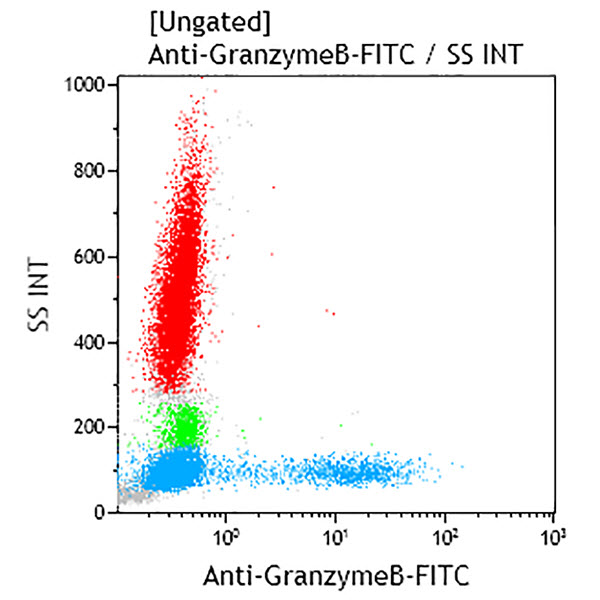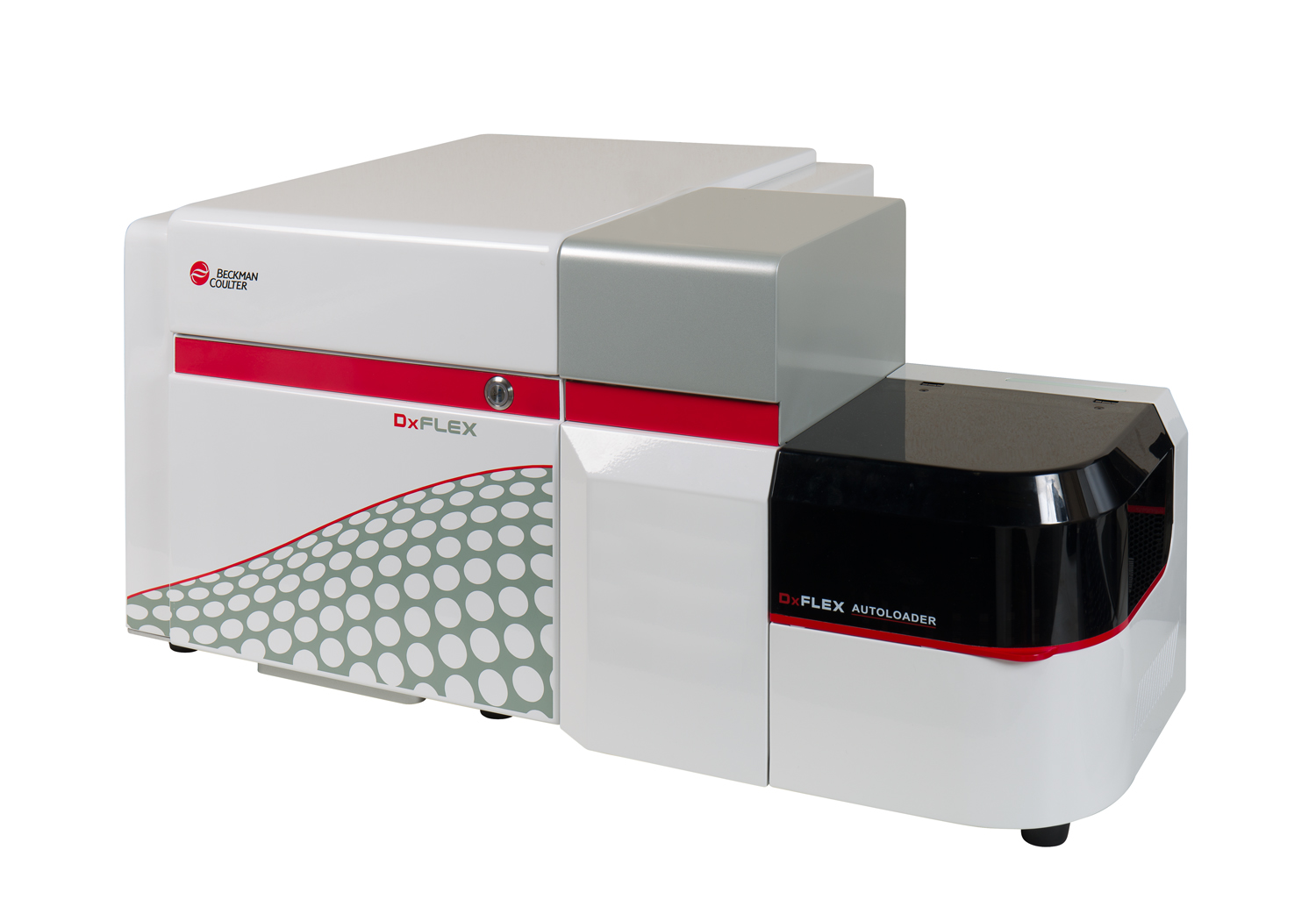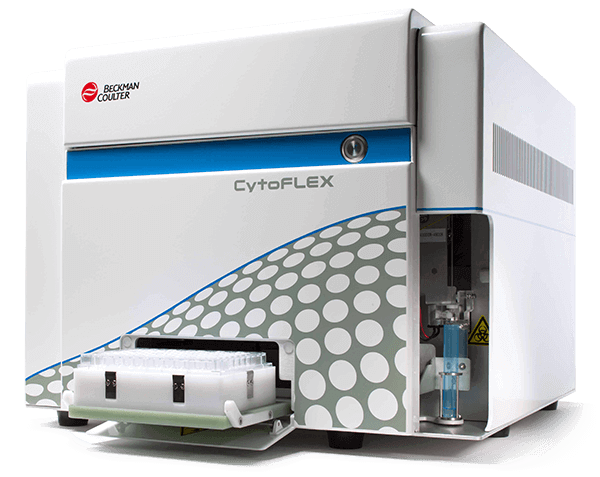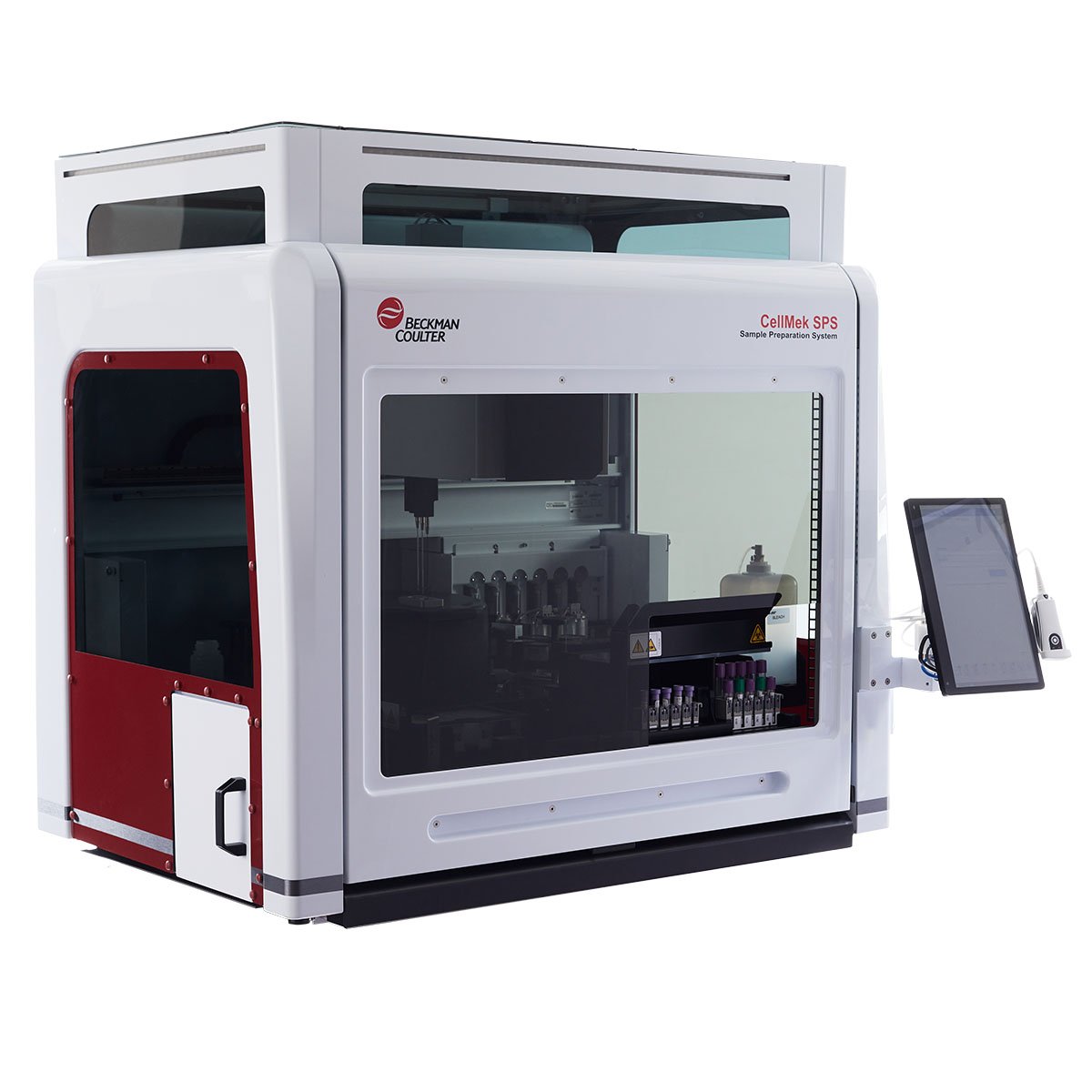Granzyme B Antibodies
Granzyme B (GrB) is a single chain and single domain serine protease. It is a member of the chymotrypsin superfamily. The process of GrB glycosylation results in generation of a 32 kDa and a 35 kDa glycosylated forms of GrB. The 32 kDa GrB forms contain high mannose oligosaccharide moieties and accumulate in cytotoxic T lymphocytes (CTLs) after T cell receptor (TCR) stimulation. In contrast, the 35 kDa GrB forms, which possess only the complex oligosaccharide groups, are not stored in CTLs and instead they are secreted through the constitutive calcium-independent secretory pathway after TCR activation. GrB is the most abundant serine protease stored in secretory granules of CTLs and NK cells. GrB can be produced by plasmacytoid dendritic cells (pecs). GrB-induced cell death is a primary mechanism in cytotoxic T lymphocytes (CTLs) and natural killer (NK) cells to eliminate harmful target cells including allogeneic, virally infected and tumor cells. This mechanism implies activation of several pro-apoptotic pathways by direct proteolysis. The mannose 6-phosphate receptor has been identified as the plasma membrane receptor for GrB.
| Clone: GB11 | Isotype: IgG1 Mouse |
| The monoclonal antibody GB11 recognizes the human, mouse and rat Granzyme B. | |






